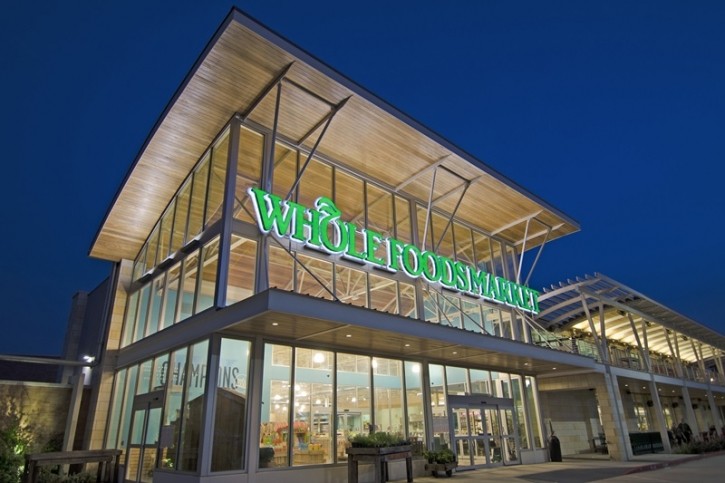UPDATE
Has Whole Foods lost its mojo?

Analysts at Kantar Retail Insights are “a little bearish” about Whole Foods Market, said director of retail insights at Kantar Retail Diana Sheehan, commenting on the company nixing its long-held plan to open 1,200 stores last week.
“The announcement and current performance of Whole Foods is not unexpected. Whole Foods is at a critical point in their retail life,” she told FoodNavigator-USA.
“To put it simply, Whole Foods has lost its ‘mojo.’ It’s become the grandfather in Natural/Organic retailing, and it needs to use this year to shore up its base and start growing again or it might not survive long-term,” she added.
‘Whole Foods has lost connection to its original shopper base’
“In the years of strong growth and acquisition, they often acquired stores (e.g. Wild Oats) that cut in to their own shopper base in the same zip codes, thus increasing number of stores without making any real gains in penetration,” Sheehan said.
But strategic missteps didn’t just happen with the company’s geographic expansion—Sheehan argued that there were missteps in how the company engaged and catered to its core audience. “They have…moved to a Millennial first strategy, which seems on point, except there is a large base of Boomers and Gen Xers that made them successful that they have somewhat alienated in the process,” she added.
Data from Kantar Retail ShopperScape, which compared Whole Foods Market shoppers between January to December 2011 and January to October 2016, revealed that there have been significant declines of Gen X shoppers (39% in 2011 compared to 34% last year) and Baby Boomer shoppers (31% in 2011 compared to 26% last year). Millennial shoppers went up from 20% in 2011 to 35% in 2016.
Trader Joe’s, Walmart, Aldi, Costco siphoning away the natural and organic shopper
Adding salt to the wound, Millennials have so many places to choose from when shopping for products in the healthy and natural category—a category which is outpacing traditional food and beverage sales.
“Natural/organic has gone mainstream. You can buy the same quality product almost everywhere, from Kroger to Aldi to Walmart,” Sheehan said.
The company has been having trouble converting the drop-in and occasional shoppers into loyal returners, according to Kantar Retail's data. In fact, there has been an increase of monthly Whole Foods shoppers that would shop at other stores. A look at Kantar Retail ShopperScape’s top 10 retailers cross-shopped by monthly Whole Foods shoppers in 2016 revealed that 43% also shopped at Trader Joe’s, 33% at Costco, and 26% at Kroger’s different banners (increase from 41%, 29%, and 24% in 2015 respectively).
“Not only are the products available in a mainstream environment, but they are often cheaper. In addition, you have other natural/organic specialty retailers like Sprouts, Luckys and Fresh Thyme Market offering unique retail experiences and natural/organic with the same message at cheaper prices.
“They essentially have lost their core loyals over the last few years without gaining significant growth among Millennials,” she added.









